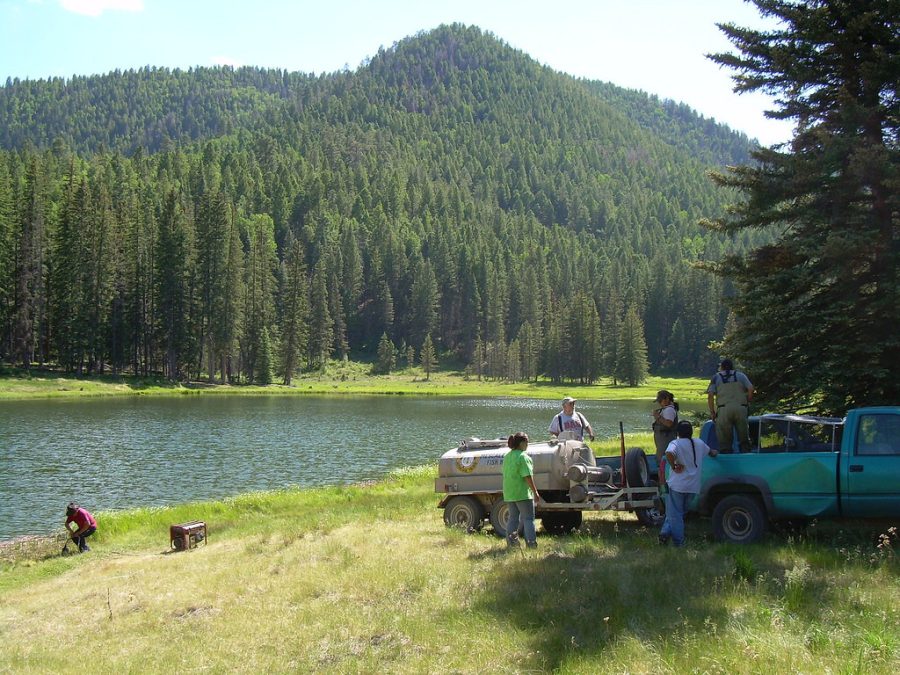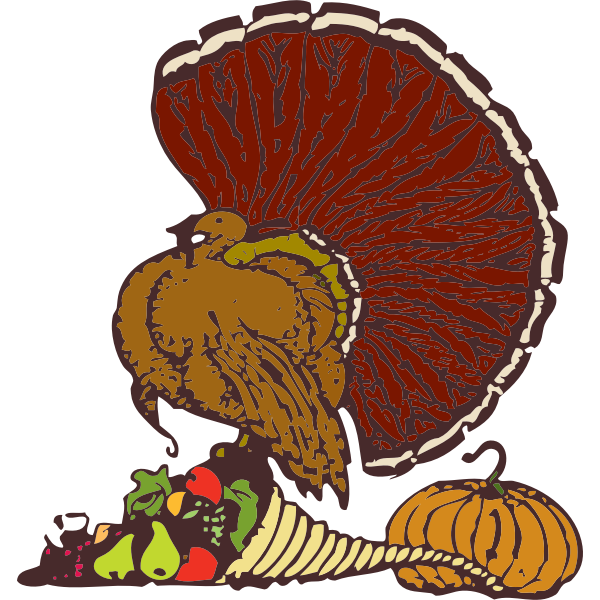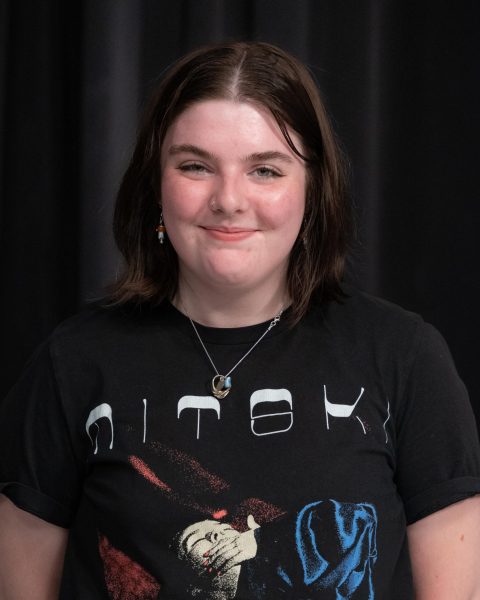Indigenous peoples have the right to say what can and cannot be done with their ancestral land. Since the “founding” of the Americas, indigenous populations have had their lands forcibly taken from them through brutality and trickery. The Land Back movement aims to heal these wounds.
The Land Back movement wants to “get Indigenous Lands back into Indigenous hands.” Land restitution is integral to decolonization.
Indigenous people were seen as pests in the way of expansion, and they were treated thusly. In an attempt to hasten the genocide of natives, an incentive was given for killing an indigenous person. $12,000 in today’s money for a man’s scalp, half for a woman’s and less for a child. Some of these killers were given the land of the people they scalped. This often amounted to thousands of acres which became towns.
When natives tried to keep their land, treaties were signed by the U.S. government and every one of them was violated. The treaties were meant to allow tribes their independence but in reality only served as a bandage that was soon to be ripped off in favor of expansion.
This is only a small part compared to what else was done, but it illustrates the ruthlessness with which indigenous land was taken.
In practice, the Land Back movement involves transferring decision-making power, in regards to land, back to the indigenous communities who have been there for centuries. This does not mean that residents will be forced out of their homes nor does it mean that only indigenous people can have governmental power. It simply means involving indigenous people and their communities in decisions made about public land.
Indigenous participation in how we care for the land would help greatly in the effort against the climate crisis.
The NDN Collective’s Land Back team states, “We have cared for and protected our lands since time immemorial, and to this day, many of the greatest remaining hotspots for biodiversity only exist because of Indigenous Peoples’ stewardship.”
Indigenous people account for less than 5% of the world’s population yet protect 80% of the Earth’s biodiversity in forests, deserts, grasslands and marine environments. Biodiversity is essential for the continuation of mankind. It supports all life on earth. Indigenous people have known and respected this fact for centuries.
There is an ancient Haudenosaunee, or Iroquois, philosophy that the decisions we make today should be able to sustain seven generations into the future. This ancient principle is exactly how we should all be thinking.
By taking their land back, indigenous people are also protecting the land which we all call home. We all need the land to be healthy in order to survive.
One very exciting, and recent, development is the return of Wisconsin Point to the Fond du Lac Band of Lake Superior Chippewa. The land was finally returned in August 2022, more than a century since the tribe last owned it.
This land is a sacred site. It used to be a burial ground but at the beginning of the 1900s the bodies were wrongfully exhumed for industrial development which never ended up happening. The remains amounted to almost 200 and were moved to a mass grave.
The land was taken back partly due to the efforts of Jenny Van Sickle. Van Sickle was the first Native American to serve on the Superior City Council. Since her institution into office she has fought to return ancestral lands. Her presence proves the importance of having indigenous representation in politics. Nothing is given back, it has to be fought for.
This of course does not fix the past. However, it is a hopeful step toward healing.
This story was written by Kirsten Lyons. She can be reached at [email protected].




